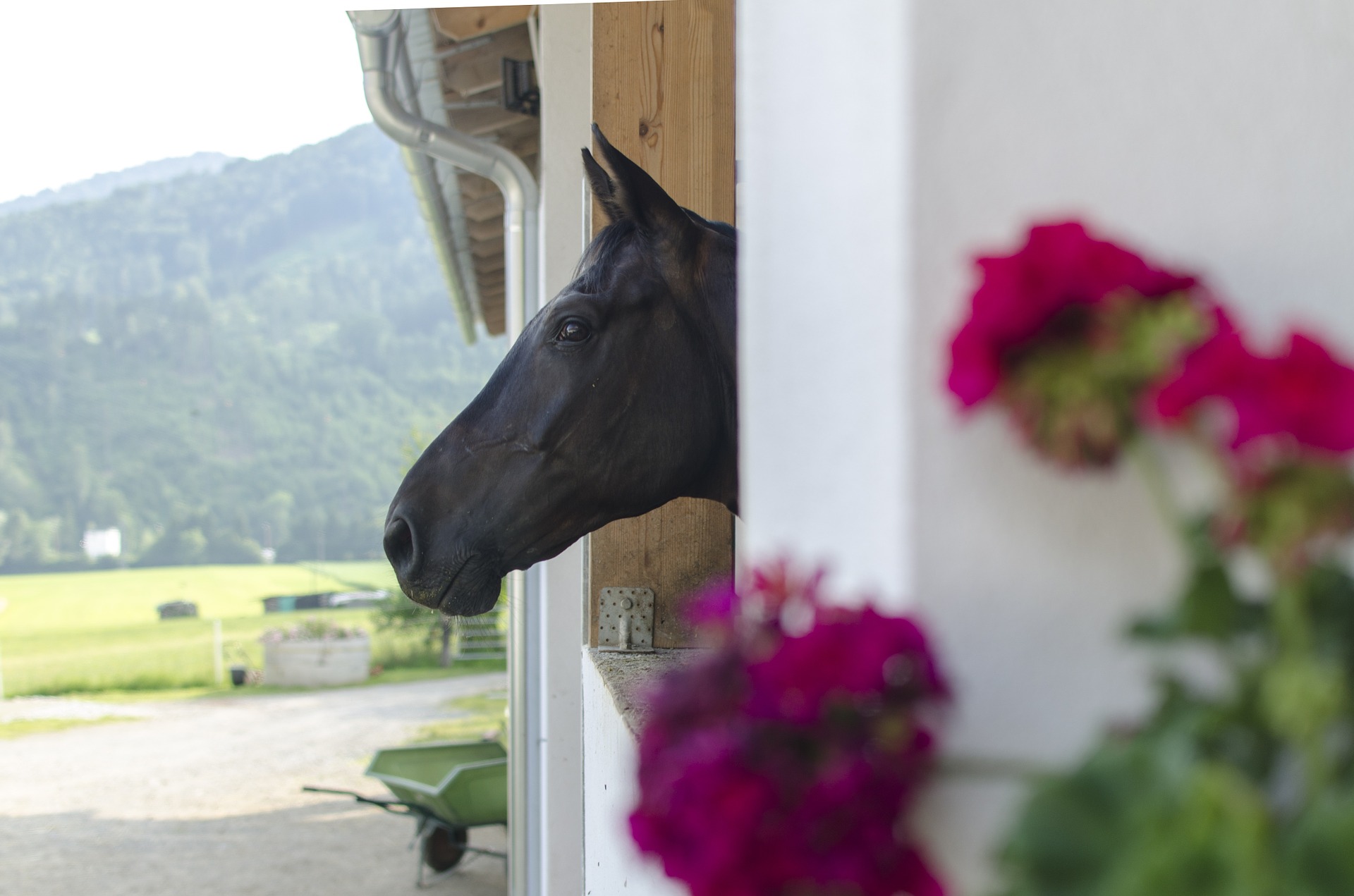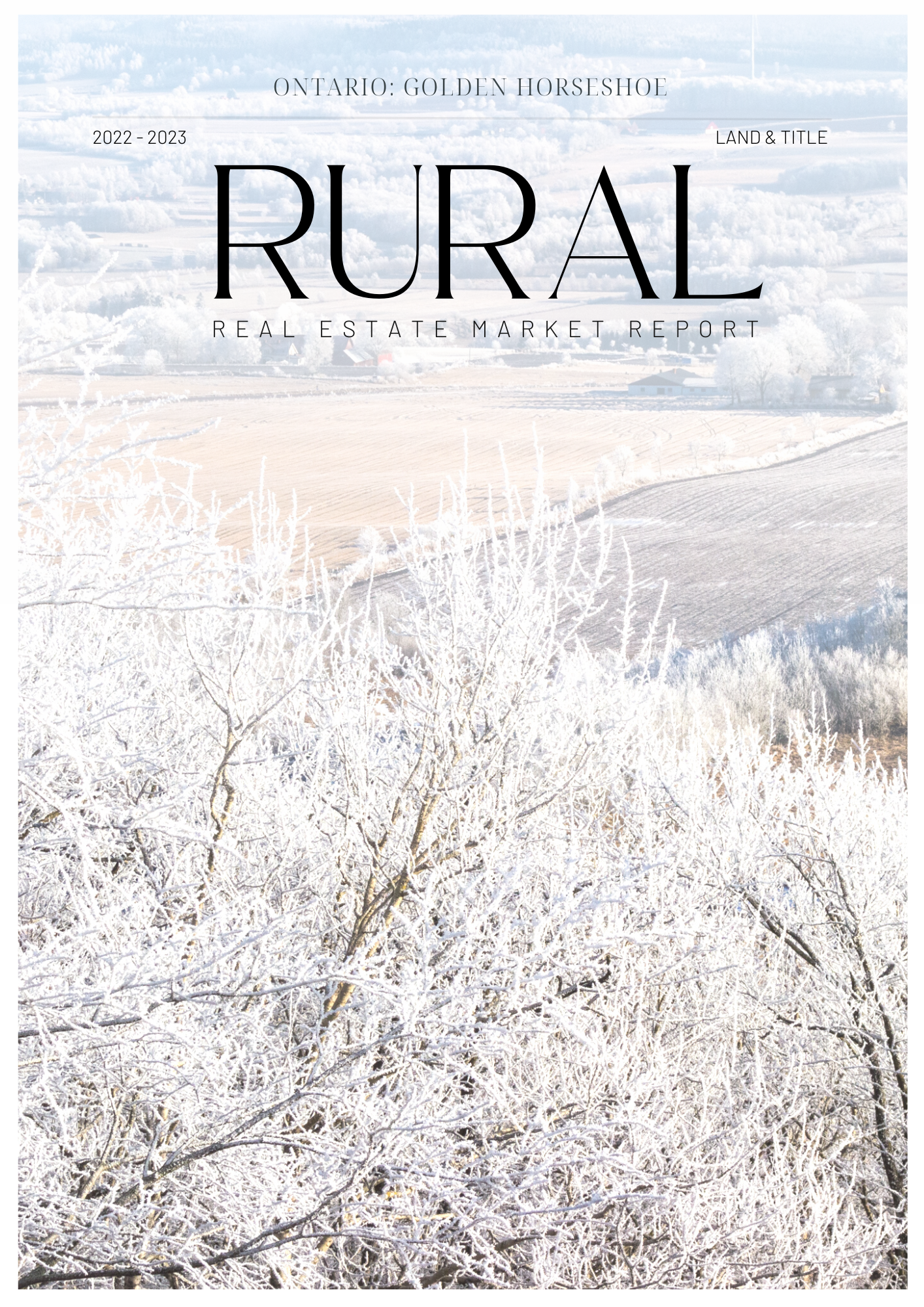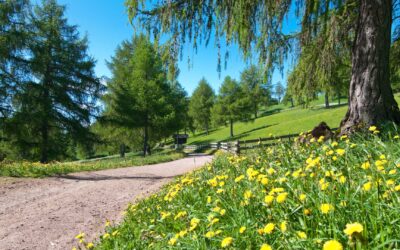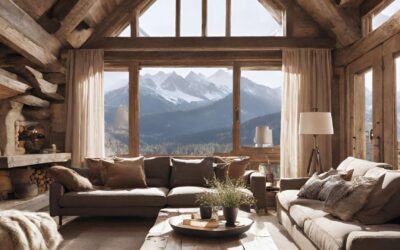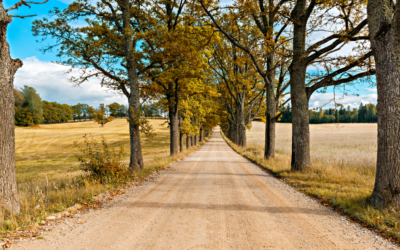JP and I have both worked at, boarded at and ridden at many different barns over the years. Picking up ideas about what seems to work and what doesn’t.
1. The Type of Barn
Small but high-end barns. A niche product.
Typically this is a private facility of just 12-20 stalls. Focusing primarily on a state of the art facility and providing top quality care. For this premier facility, one would be asking a high monthly board fee of between $1,500 and $2,000/ month.
All depending, of course, on what type of facility you have and what services you offer. Typically these barns are highly individualized to horses and owner needs. The more expensive barns will usually offer training as part of that board.
The Facility –
The barn usually sets itself apart from every other barn. A truly top-notch haven for horses and their owners.
Training & Lessons –
Whether you include these in your board is entirely up to you and the numbers you need to make the venture work. At this level of board generally, some type of training is included.
It will also depend on whether you have an outside trainer coming in whom you might have to pay and so on.
A very popular option is to allow in outside coaches to train their client/s that may board at your facility. A tough one for most barn owners that are also trainers but it provides variety to clients and opens up the doors to more boarders.
Staff –
We cannot stress how important it is to have qualified and educated staff. If you are asking top-tier board, you must offer a high standard of care. At higher rates, these barns often provide full groom services as well.
On top of the normal booting, blanketing and picking feet, services can include bathing, clipping, worming, grooming, laundry, lunging, grazing and tack cleaning.
A select few, full-service barns will have a boarders horse tacked and ready to go when they arrive.
Turn-Out –
Safe, consistent and carefully managed.
Many people recommend 1 acre per horse for grazing, but this is not always feasible. You can have smaller sized paddocks but they will need to be managed well. Most of the high-end barns will offer individual turnout for all horses.
Arenas –
Typically, high-end barns have at least one good-sized indoor arena – 80 x 200 or 220. Most have two decent sized outdoor arenas as well. The sand footing in these arenas should be top quality (ideally a sand and fiber mix).
Check out Footing First for excellent footing options.
Value Added Services –
These may include:
• A small fitness track
• Hacking opportunities
• On-site laundry facilities
• Lunging arena
• Security and surveillance (including in-stall wed-cams)
• On-site live in management
• Sprinkler systems
• One site showers
• Heating lamps
• Hand Walking and Grazing
• Tack Cleaning
It is important to create an atmosphere of luxury and high-quality care if you are asking this level of board.
2. Owning The Right Investment
It goes without saying that you need the right property to run a successful boarding facility.
But more than that it is essential to look at your property as a real estate investment. One that can “work” for you outside of the boarding facility.
Put very simply, over time your property should appreciate – giving you access to equity that can be used towards improving your current facility or put towards other investments.
Buying the Property –
Whether you buy a facility or buy and build, the following three must be in place.
A property in a prime (or at least good) location with the right zoning to allow for a horse boarding operation.
Secondly, land quality must be good, with good soil.
And thirdly, buy a property that has been well cared for by its current owners.
It is difficult and costly to run a horse boarding facility. Owning a property with additional income options (like a secondary residence to rent out or excess fields that can be leased to a farmer) would be a bonus.
This article goes into greater detail about how to make the most of equestrian property real estate investment.
If you own the property –
Take care of your investment. Look after and maintain buildings, homes and the land. Over-grazed fields and rundown buildings don’t help appreciation. Nor do they attract good boarders.
3. Making Sure The Numbers Work
People get into this business and don’t truly realize how costly it can be.
If you’ve never run a boarding facility before, you may not know exactly what things are going to cost.
Our recommendation is to get extremely detail oriented here. Find out what expenses are going to be on a monthly basis. Get all of your financial ducks in a row.
The Expenses –
If you have been in the horse business for some time, you’ll know there is a long list of expenses that come with owning a horse, let alone a barn with multiple horses.
Monthly Expenses –
These will include (and definitely not be limited to):
• Mortgage or lease payments
• Feed
• Hay (ideally your property can be hayed, but costs for the tractor and bailing equipment will need to be accounted for).
• Shavings
• Utilities
• Salaries / Wages for staff
• Regular maintenance of the facility and machinery
• Insurance (if running a facility it will be commercial insurance)
• Taxes (income and property)
• Waste removal required
• Security
And of course, there are the expenses required for your own horse/s as well.
Start-Up Expenses –
• Down payment
• Any updates or renovations
• Improving the footing
• Machinery and equipment
• Seeding any paddocks that need new grass
• Fencing
• Security Installations
• Advertising (if you don’t have current clients to fill up the stalls).
Contingency Fund –
You will want to have some sort of back up ‘cash’ for big fixes, emergencies and general upkeep of the property. You may also need this if you have a high turnover of clients to carry empty stalls (which ideally you shouldn’t have).
The Income –
Although boarding may be your primary source of income, you may need or want to offer other services.
In addition to board, you may offer training, lessons, horse sales, clinics and off-property schooling for guests. It will depend on your preference, your discipline and what numbers you need to make to cover, and ideally exceed your expenses.
If you are lucky enough to own a property that has a second home, consider renting it out for additional income.
Here are six creative ideas to generate a little extra income on your horse farm.
4. Having The Right Contacts
Good and trustworthy connections can be hard to come by.
If you are starting an equestrian business, you should already have a ton of experience in the horse industry and have made many connections along the way.
Connecting the right people to your new clients could go a long way with building lasting relationships and add value to their time at your barn.
Farriers, Massage Therapists, Vets, Chiropractors, Saddle Fitters and the like. These experts all help in maintaining the health and happiness of the horses.
Final Thoughts
Taking care of other people’s horse is a large responsibility. One that cannot be underestimated. You may love horses and people but owning a boarding or training barn will test this love.
You can’t please everyone, but if you do right by the horses you’ll keep on the right path and hopefully make a success out of your passion for the equestrian sport.

